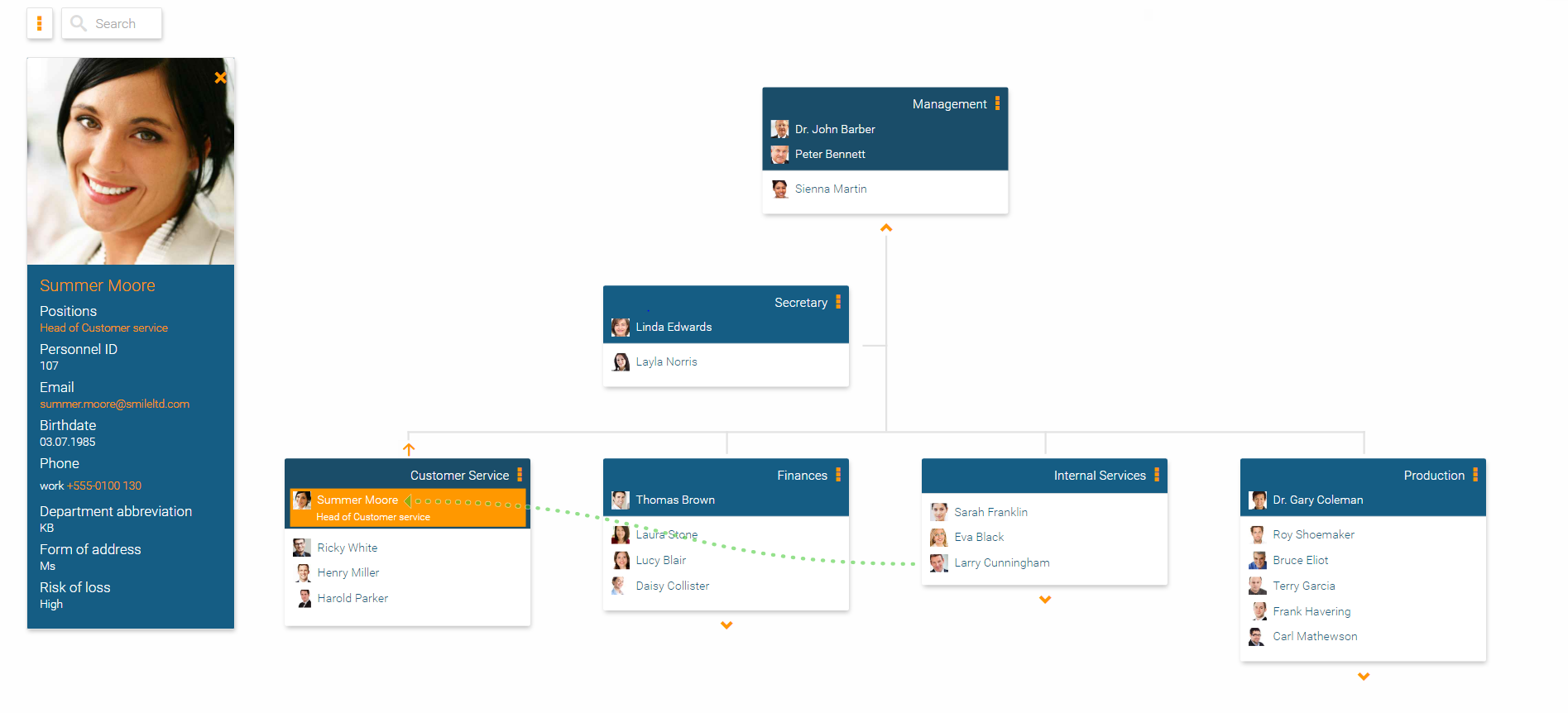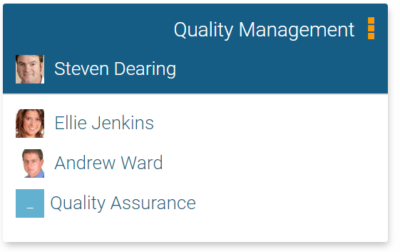
Who will be the successor to my position?
Unfortunately, this is a question that is not resolved in time at many companies. According to a global study by Hanover Research, every third respondent is dissatisfied with their organisation’s successor management. Only 47% of the 1,000 executives surveyed think that their employees have sufficient up-and-coming talents to move into a senior role. 24% even stated that their company did not maintain any succession program at all for board members and managing directors. Succession planning for middle management are only used by 38% of the participants.
This is a result that gives food for thought. After all, staffing gaps should be avoided and key positions must be replaced in good time. This ensures that qualified employees with appropriate expertise take up the position and no idle time periods occur for the company.
Getting succession planning right
Succession planning is a good instrument for staff retention if employees are prepared for moving up to the new position in good time. The prospect of moving into a higher position gives the employee perspective and fosters company loyalty. Particularly in the case of positions that will be unfilled in the future because of retirement or parental leave, a successor program would make the most sense.
An organisation chart is appropriate for showing relevant successor information, such as potential, know-how and flight risk. Employees with the appropriate criteria can be found via the search function. If the successor has already been decided, then they can be displayed directly in the organisation chart via a link (e.g. “dotted line” representation) to the position or to the employee.
Even the departure risk of employees can be faded in. The information in the organisation chart serves as a warning signal and makes the HR team aware of the need for action in good time. Only authorised executives have access to this sensitive data. Furthermore, vacant positions can be highlighted and it becomes apparent where immediate need for action exists.

Figure 1: Depicting departure risk and successor in the organisation chart (dotted line – in green here)

Figure 2: Displaying unfilled position in the organisation chart
If you would like to set something up for succession planning in your organisation, get in touch with our friendly team. We’d be happy to assist you with it!

